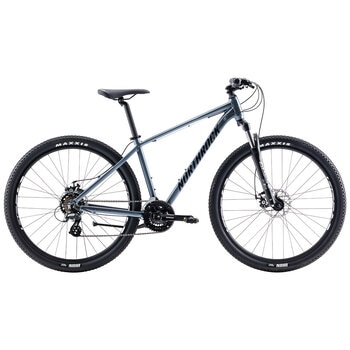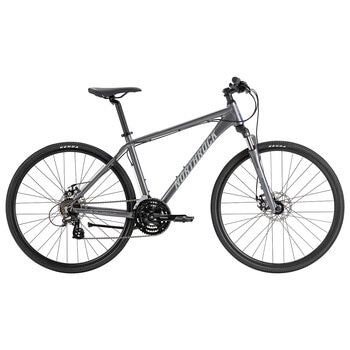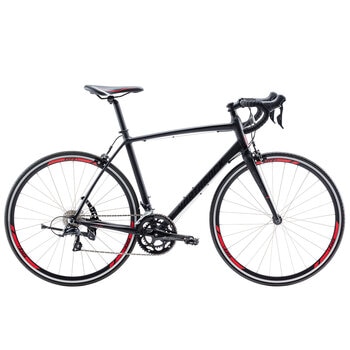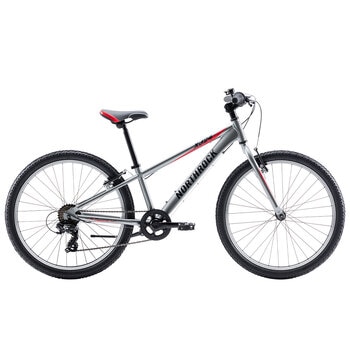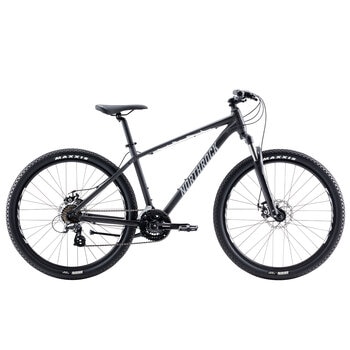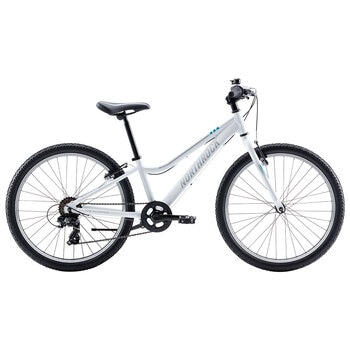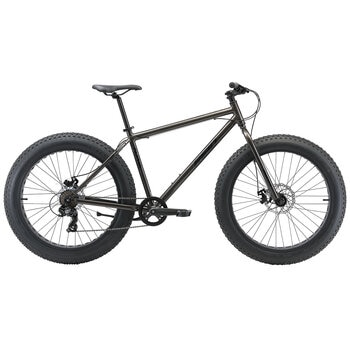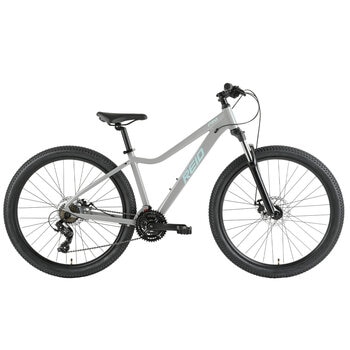With fewer cars and more bike lanes, Australia’s better for cycling than ever before.
There’s so much to love about cycling. It’s a lot of fun, it’s good for our health, it’s a carbon-friendly way to get around – and if you live in an inner-city area, you can often get to your destination quicker than driving in heavy traffic.
Now, thanks in part to the huge surge in cycling numbers sparked by COVID-19 lockdowns, councils are turning their attention to cyclists, adding more bike lanes and safety barriers to help riders get around.
The rise of the rider
When gyms were closed and commuters stuck at home during much of 2020, bike sales soared. People were looking for fun ways to keep fit and not having to contend with gridlock traffic meant jumping on a bike felt safer than it had in a long time. “I’ve been a road cyclist for years and have never felt more relaxed on the roads,” says Melburnian Wayne Gillan. “With less traffic to contend with, you could enjoy the scenery more and worry less about cars.”
In Melbourne, a Bicycle Network survey found there was a 270 per cent increase in the number of riders on key bike paths around the city between November 2019 and April 2020, while Brisbane saw bike traffic increase by 50 per cent on the Bicentennial Bikeway, and Parramatta Council reported an increase of 50 to 60 per cent on bikeways in Sydney’s west.
“We’ve remembered how great it is to be outside and using public space for socialising, bike riding and walking,” says Alexander Miller, Bicycle Network spokesperson. “Street space being used for parklets and outdoor dining or bike lanes gives so many more people the opportunity to use the space.”
Councils catching on
The good news for cyclists is that a lot of councils are continuing to try to make bike riding safer and more accessible. “Bike lanes can be built quickly and roads transformed overnight into places that everyone can use,” Alexander says. “A great example is Heidelberg Road in Melbourne [which] had a ‘pop up’ bike lane installed that is now used by people of all ages. You used to be able to count the number of people riding on Heidelberg Road on one hand but now you see children and families riding, chatting and enjoying being outside on a bike.”
Australia’s suburban sprawl means we’re not likely to become cities of exclusive cyclists like Amsterdam and Copenhagen, but experts say there are incredible opportunities to encourage people to cycle to their local train station to commute to CBDs, such as by separating cyclists and cars and improving signage. “In Australia the overall goal, or strategy, should be to make it easier for people to cycle and walk to and from their local public transport station,” Associate Professor Pablo Guillen Alvarez from the University of Sydney’s School of Economics writes on The Conversation. “For most of us, cycling cannot be an alternative, but a complement, to public transport.”
Alexander says a lot more work is needed to make cycling Australians’ preferred mode of transport. “It will be great when anyone anywhere can feel comfortable to jump on a bike and ride … sometimes to school or work, to the supermarket or café and just for fun,” Alexander says. “To get there, we need to see more protected bike lanes on busy roads, safer speed limits in built-up areas and easy, connected routes from door-to-door.”
Regular or electric?
Traditional pedal bikes might offer a bit more physical exertion, but with electric ‘e-bikes’ shown to deliver significant heart-rate benefits that far exceed driving or catching public transport, they can be a great option too.
E-bikes in brief
E-bikes are a lot of fun, allowing you to pedal to your destination with the help of a little engine boost on big hills. Generally more expensive than traditional bikes, they’re a great investment if you want a sweat-free commute that has far greater health and environmental benefits than sitting in traffic in your car.
Pedals in a nutshell
Classic bikes tend to be cheaper, lighter weight and don’t require charging – you can jump on your pushbike whenever you please with little forethought. The drawback can be heart-pumping hill climbs if you’re riding to work and don’t want to arrive sweaty, but the upside (of course) is the fantastic physical health benefits.
Originally published in The Costco Connection, Jul/Aug 2021. Pick up the latest copy at your local warehouse or read it online.

